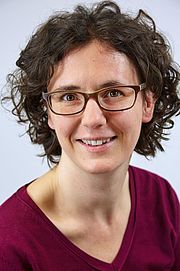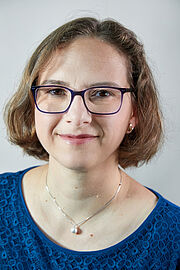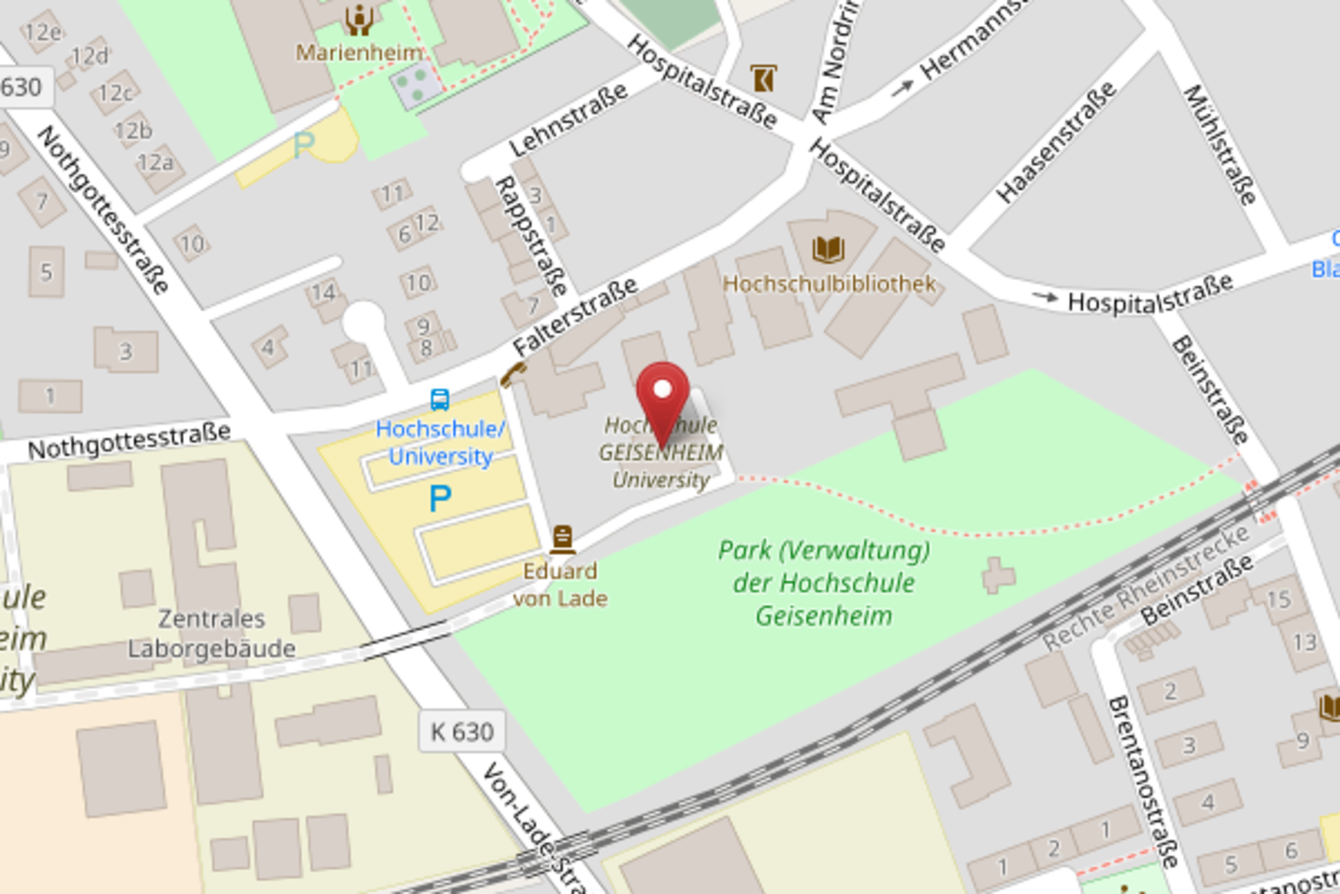Floral, violets, roses or lilacs present only a very small part of possible fragrant attributes that would fit in with the early summer time we have right now and that are characteristic for wine. However, the description could also sound different: darker, rougher, with little euphony and even less fragrance. Take a pinch of asphalt, a pinch of tar, a touch of horse´s sweat and mix it with black pepper - no, this is not an instruction given in an ancient witch recipe: this is how people communicate at a "real tasting", i.e. in sensory evaluation. Here, the perceptions of aromas from everyday life are used as comparative terms, called attributes, in order to describe the smell and taste of products in an easier and more objective way. Also the saying "I can´t stand his/her smell" has a respective meaning. Fragrances, even though often only subconsciously, play an important role in our life, e.g. in the form of pheromones when choosing a partner or as a warning signal for our body not to consume something that smells extremely unpleasant. Every day we are confronted with different odors, and for shopping taste is the number one decision-maker when it comes to whether to buy a product a second time. "Sometimes, changing only a tiny ingredient of a product results in a completely different taste," explains Doris Häge, member of the academic staff at the Department of Enology who initiated the analytical sensory evaluation panel at our university.
Sensory evaluations have been carried out in the different departments of our university for many years. Especially, in the areas of Enology, Beverage Research and also in Pomology and Vegetable Crops a huge number of sensory evaluations take place at regular intervals as part of research projects or coursework and theses. Since, in the past, participating in the various panels was often not sufficient, the idea was born to establish a sensory evaluation panel at our university. This has been realized since February 2017 with the help and support of all employees involved. All testers were trained in sensory evaluation basics and are familiar with discriminative testing, such as triangle tests or "A", "not-A" tests. Furthermore, they have gained first relevant experience in the descriptive analysis of test samples.
In an interview with Doris Häge we wanted to find out more about the tasks of the sensory evaluation panel:
Doris Häge: For example, as part of research projects or theses we carry out objective sensory evaluations for wines that have been aged in different ways. It is also possible to test the impact of different wine closures on the sensory profile of a wine. Another aspect is in which way transport and storage conditions influence the product. The purpose of such sensory evaluations is not to determine personal preferences of the testers but merely to provide an objective characterization of the samples.
The periods between projects are used for the training of sensory panelists and includes olfactory tests, the perception of small differences in concentration in aqueous solutions and the training of different type of sensory tests.
In addition, in our test rooms we have the possibility of testing under different lighting conditions. Colored light, e.g. allows the masking of visual differences between the samples. This way, it can be tested whether there are real differences in taste or whether the color of the wine influences perception.
Your research also covers the area of Food Pairing which deals with identifying aromas that supplement each other in the best possible way and which form a harmonious whole when paired. What have you focused on?
Doris Häge:
Indeed, the topic of Food Pairing and Food Completing is very exciting and complex and has its origin in the top gastronomy. The British starred chef Heston Blumenthal caused a sensation some years ago by pairing caviare and white chocolate, an extraordinary combination that had not been known to date.
The hypothesis of food pairing states that the more flavor ingredients two foods share, the better they taste together, especially when these make up the key flavors of the food. To put it in Ms. Brugger´s (2017) words, "You talk about successful food pairing, when the (sensory) experience of paired flavors is better than that of all individual ingredients together, which means when you experience a synergy effect."
As opposed to this, the hypothesis of food completing says: Foods fit ideally when they supplement each other in their aroma profiles, thus filling so-called "odor gaps".
However, taste, texture, temperature and cooking state of the food have also to be taken into consideration. The purpose behind the food pairing and food completing hypotheses is to find a scientific explanation why certain foods go well together and others do not.
What´s in it for the consumer?
Doris Häge:
The consumer experiences an exciting symbiosis and new taste adventures by combining foods which so far they may not have considered as going well together. Consumers of today are always eager to find new culinary impressions that can be realized by means of the food pairing and food completing hypotheses which also provide a scientific approach and explanation to answer the question "why?. A further positive effect of food pairing and food completing is the possibility of reducing sugar and salt contents in foods or to mask bitter compounds without experiencing a loss of taste.
What is the most interesting aspect for you in the world of flavor?
Doris Häge:
Human beings can perceive many aroma compounds, however, can describe only some of them. In addition, olfactory perception is highly influenced by emotions and contributes to our quality of life to a large extent. Very often, people only then realize how important olfactory senses are when they lose them due to illness. In addition, people show various degrees of sensitivity and respective reactions to odors. A good example are the typical aroma compounds of a fruity Sauvignon Blanc which for some people displays a pleasant nose of cassis and tropical fruit while others turn away as they describe the wine´s aroma as box bush or cat´s pee. This shows that each individual has different perceptions, a fact that we should be aware of in sensory evaluation.
For me it is also very exciting that, for example, the smell of coffee is not based on only one aromatic compound but that the typical coffee aroma results from the interaction of various compounds. The same refers to the complex way the wine aroma develops, with numerous factors having an influence - from the vineyard to the cellar. There are not many definite "if - then" rules which also applies to the pairing with food. However, we use the food pairing approach to find a scientific explanation why a certain wine goes together with a certain food and does not with another one.
The interview was conducted by Tina Kissinger.
References:
Brugger C (2017): Food Pairing & Sensorik - Grenzenlose Faszination? Hintergrund und Ansätze in der Produktentwicklung, DLG Expertenwissen 6/2017; DLG e.V. Fachzentrum Lebensmittel, Frankfurt am Main
Vierich T. u. Vilgis T. (2015): Aroma – die Kunst des Würzens, 3. Auflage, Stiftung Warentest, Berlin
The Sensory Evaluation Panel: Numbers, Data, and Facts
- Founded: February 2017
- The Sensory Evaluation Team: Doris Häge, Prof. Dr. Mirjam Hey, Dr. Bianca May, Christoph Schüßler, Sabine Rasim und Prof. Dr. Rainer Jung
- The Sensory Evaluation Panel consists of roughly 35 members of staff who - depending on their availability- take part on a long-term and binding basis.
- Everybody who would like to work on the analytical panel of Hochschule Geisenheim and thus take part in sensory evaluations and practice sessions, respectively, needs to participate in 4 training courses and successfully pass a final exam in sensory evaluation. Training topics are "The Human Senses" and "Sensory Evaluation Test Procedures by the Example of Wine, Fruit and Vegetable Juices".
- Tasting usually take place in the sensory evaluation rooms of our university each Friday from 11.00 until 12.00 am.
- Products from our different departments are tasted.
- Should you be interested or willing to participate, please contact Doris Häge on 06722 – 502 188 or at doris.haege@hs-gm.
Did you know?
- Humans can perceive between 4,000 and 10,000 different aromas with their nose, however can describe only some of them precisely.
- Humans have approximately 350 olfactory receptors, while a dog has about 900.
- Some people lack certain receptors which is why 25% of all humans do not smell the scent of lilies of the valley.
- The way in which we perceive a smell depends on the concentration: so, skatole, for example, smells like feces in higher concentrations, whereas in lower concentrations it has a pleasant floral note.
- The sense of smell is at its best when people are between 30 and 40 years old.































